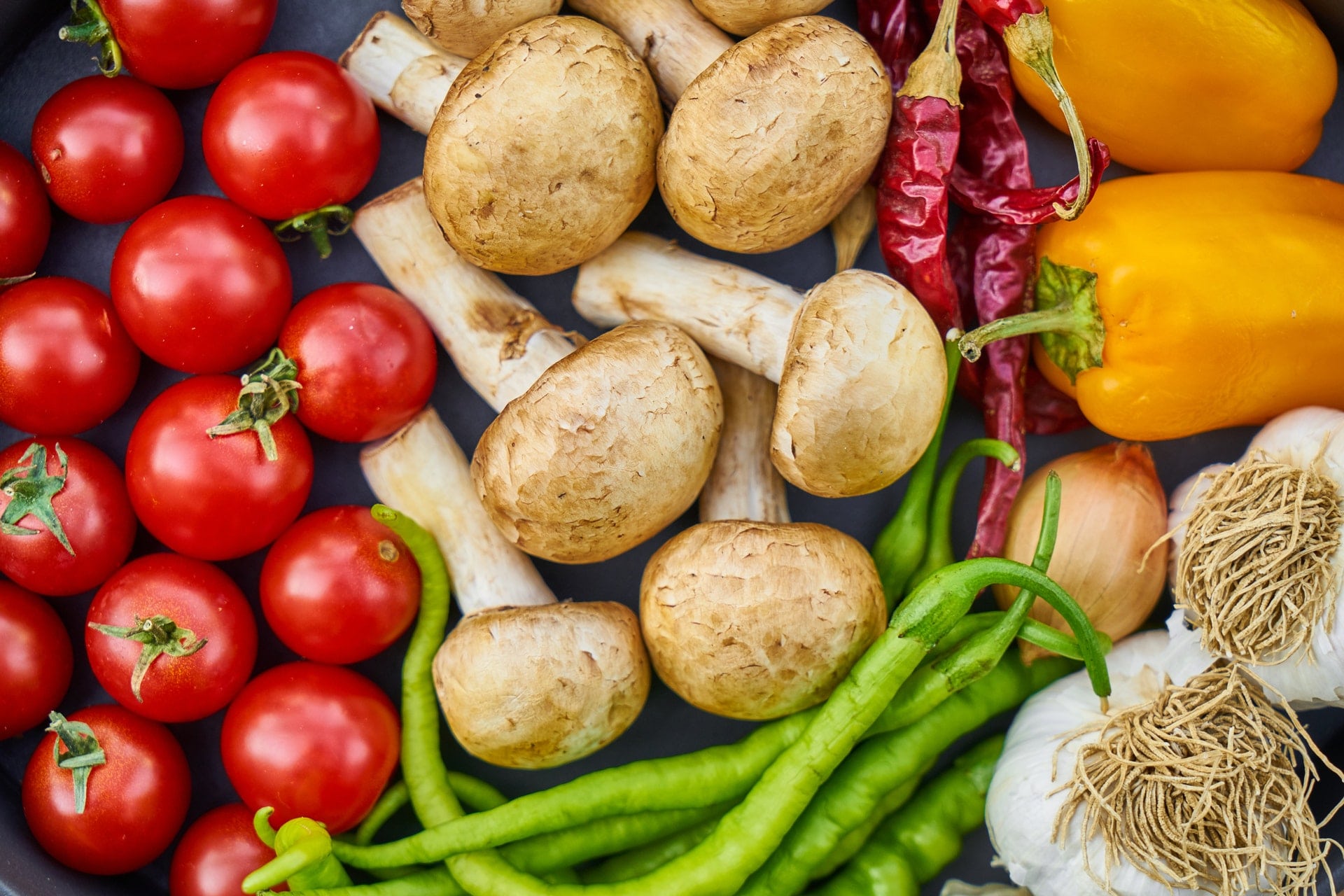Vegetable Gardening In South Dakota
The best vegetables to grow in South Dakota are cabbage, carrot, onion, peppers, potatoes, pumpkin, squash, and tomatoes. You have a lot of plants to choose from as long as you ensure their ideal growing conditions. However, the growing zones of South Dakota mean some limitations on other crops.
South Dakota has zones 3b to 4b, which can get chilly. This puts some crops at risk of frost and other damages from extremely low temperatures. The solution for this is starting vegetables indoors in a greenhouse or refer to Krostrade.com to know how an all-year vegetable farm is possible.

What Vegetables To Grow In South Dakota?
According to the Open Prairie of South Dakota State University, you can classify the vegetables for South Dakota into heat-tolerant and frost-tolerant crops. The extension listed 15, including asparagus, celery, sweet corn, cucumber, pea, eggplant, and lettuce. Still, the 8 in the list below have the least challenges to grow in South Dakota, especially in a greenhouse.
It's also important to consider how long each vegetable will take to mature because of the region's temperature changes.
List of best vegetables to grow in South Dakota
Cabbage
You can plant cabbage in South Dakota from March to May or May to June. Cabbage has early-maturing varieties and those that mature in autumn, so you have two growing seasons. Chinese cabbage such as Pak Choi and Napa are also suitable for South Dakota.
To prevent bolting , make sure to set your transplants when the cabbage stems are still small. You can also choose varieties resistant to diseases like black rot and tip burn to save you the trouble later on. As for Chinese cabbage, it's best to plant them mid-summer as they tend to bolt in spring.
Carrots
There are many carrot varieties to choose for South Dakota. What dictates your decision is the type of soil you have and your intended use of the harvests. For example, Danvers is suitable for heavy soils, while Chantenay is best for canning.
Onions
South Dakota is suitable for day-neutral and long-day growing of onions. A typical month to seed them is in early March. You can also use miniature bulbs, but be cautious as they are prone to bolting.
Onions are also prone to bolting because of cold weather stress and changes in temperature. This is why farmers are looking more into greenhouse farming to protect their crops from these unpredictable outdoor conditions. You can easily control the temperature and other elements in the greenhouse.
Peppers
You can grow both bell peppers and habanero peppers in South Dakota. Each variety differs in color, size, and disease tolerance. In planting either sweet or hot peppers, be on the lookout for blossom end rot.
Potatoes
You can grow different potatoes in the state, whether they are yellow or blue-skinned varieties. However, the most common ones are red and white-skinned potatoes. Each type varies in starch content, storage characteristics, and disease tolerance.
Pumpkins
The pumpkins you can grow in South Dakota vary in size, shape, and color. They also have different uses, days to harvest, growing season, and tolerance to mildew. For contests, you can grow giant varieties.
Squash
You can choose from scallop fruit type or Italian marrows like zucchini. It will also take up to 65 days before you can harvest squash. In South Dakota, it's usual to harvest immature summer squash before the rind hardens.
Tomatoes
Choosing between determinate and indeterminate tomatoes will depend on what you want to do with the fruits. The former is excellent for canning, while the latter can produce for an extended period. If you are planting determinate varieties, blossom end rot is a common problem among farmers.
What Planting Zone Is South Dakota?
South Dakota has different zones, including 3b, 4a, and 4b. However, there are also small areas with a 5a planting zone. You can expect an average of -35°F in winter in the state, so studying the temperature requirements and maturity duration of each vegetable is crucial before planting.
How To Grow Vegetables In South Dakota
According to South Dakota State University , cool-season crops are vegetables that will either tolerate or won't grow in hot weather. For the crops that won't tolerate warm weather, be sure to plant in April or early May. On the other hand, you must wait after a frost before planting warm-season crops.
Vegetables will grow better if they receive at least 6 hours of sunlight. The soil should also be well-drained and fertile. And more than the usual maintenance, it's advantageous to use a greenhouse in South Dakota to protect against wind.
Conclusion
South Dakota is in the USDA planting zone 3b to 4b, with some areas rated 5a. Keeping this in mind, the best vegetables to grow in South Dakota are cabbage, carrot, onion, peppers, potatoes, pumpkin, squash, and tomatoes. South Dakota State University also listed asparagus, celery, sweet corn, cucumber, pea, eggplant, and lettuce.
After classifying cold season and warm season crops, the next consideration is your vegetables' maturity period and temperature requirements. The state can also have extremely high temperatures and winds, so starting indoors in a greenhouse is a feasible practice.
Vegetable Gardening In South Dakota
Source: https://krostrade.com/blog/best-vegetables-to-grow-in-south-dakota/
Posted by: feltthook1983.blogspot.com

0 Response to "Vegetable Gardening In South Dakota"
Post a Comment